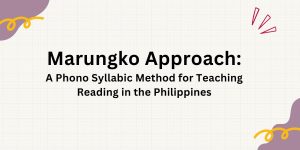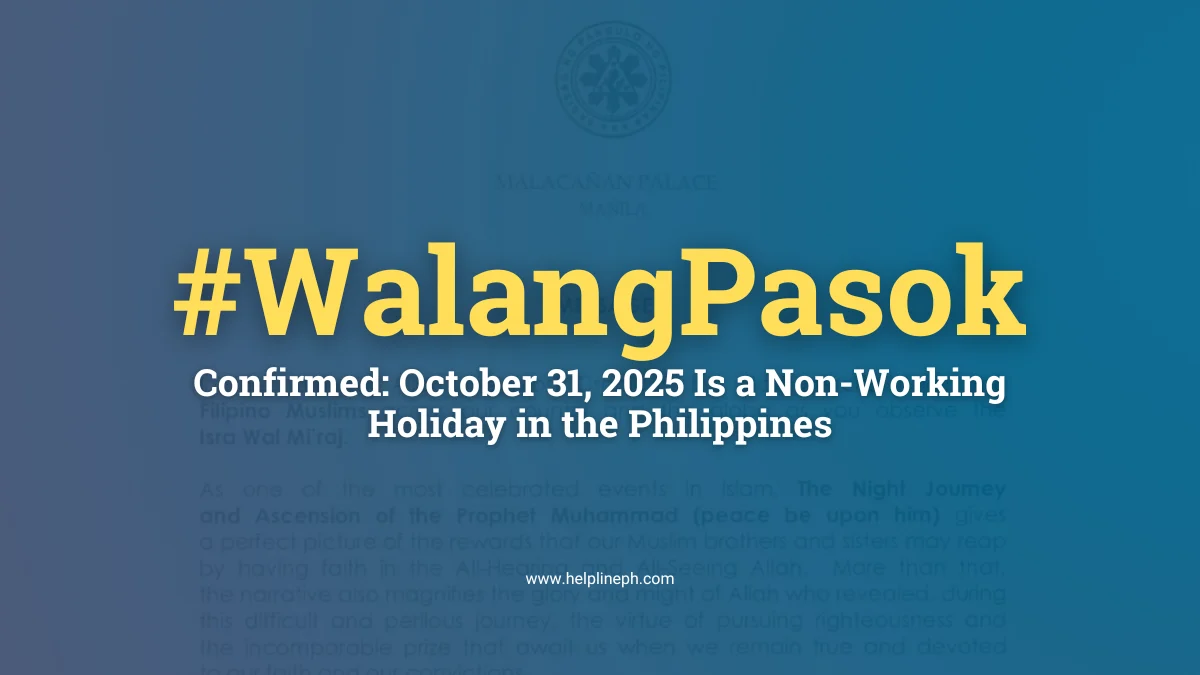Revolutionary Marungko Approach: A Phono Syllabic Method for Teaching Reading in the Philippines
Introduction

The Marungko Approach is an innovative method for teaching reading in the Philippines, specifically designed for Filipino children. This phono syllabic method focuses on the mastery of individual letter sounds and their blending into syllables and words. In this article, we will explore the origins, methodology, and benefits of the Marungko Approach, as well as provide a step-by-step guide for implementing it.
Origins and Developers of the Marungko Approach
The Marungko Approach was first introduced in a public elementary school in Marungko, Angat, Bulacan. Nooraihan Ali and Josefina Urbano devised this unique method, which emphasizes the teaching of correct single sounds and the blending of sounds into syllables and words. The mastery of letter sounds is crucial in this approach.
The Marungko Approach’s Methodology
The Marungko Approach revolves around these essential principles:
A. Emphasis on mastering letter sounds: Pupils need to become proficient in individual letter sounds prior to progressing to intricate combinations.
B. Teaching individual sounds and forms: Each sound and form is taught in isolation, allowing students to focus on a single target.
C. Blending sounds into syllables and words: Once students have mastered individual sounds, they learn to blend them into syllables and words.
D. Introduction of function words: Function words, such as “ang,” “ng,” “mga,” and “ay,” are introduced as whole words, as they cannot be taught through the phono syllabic method.
Step-by-Step Guide to Using the Marungko Approach
Here’s a step-by-step guide for implementing the Marungko Approach:
- The first 5 lessons focus on the sounds m, s, a, i, and o. Teach each sound and form until mastery is achieved before introducing a new sound. Follow these steps:
a) Ask a question or use pictures of words beginning with m, s, a, etc., depending on the current lesson, to elicit the target sound.
b) Show the target letter and ask the children to sound it again as they look at the letter.
c) Demonstrate how to write the target letter. Have students write it with their fingers in the air, on their palms, on their desks, and on paper as they produce the sound.
d) Mastery means that students can recognize the sound and form of the target letter, produce the sound, and write the symbol.
- After the first three sounds have been mastered, start blending these sounds to form words, phrases, or sentences. With each new sound introduced, practice blending it with the previously learned sounds in various combinations to form words.
- Introduce function words that cannot be taught through the phono syllabic method as whole words, such as “ang,” “ng,” “mga,” and “ay.”
- After the first five sounds have been mastered, any other sound can be taught in relation to sounds already learned. A suggested sequence is as follows: b, e, u, t, k, l, y, n, g, ng, p, r, d, h, w. Remember to blend only the sounds that have been taught and mastered.
Example of a Lesson Using the Marungko Approach
When using the Marungko Approach, it is essential to remember that the individual letter sounds are the key to reading. By combining these sounds, students can learn to read words. In each lesson, new letters and sounds are introduced and combined with previously learned ones to practice reading.
Example:
- a + s + o = aso
- m + a + s + a = masa
Benefits of the Marungko Approach
The Marungko Approach offers several advantages for Filipino learners:
A. Culturally relevant teaching method: The Marungko Approach is specifically designed for Filipino children, taking into account their unique linguistic and cultural backgrounds.
B. Focus on sound mastery and blending: The method emphasizes the mastery of individual sounds and the blending of these sounds into syllables and words, leading to more effective reading instruction.
C. Improved reading skills and literacy rates: The Marungko Approach has been shown to enhance reading skills and contribute to higher literacy rates among Filipino children.
D. Engaging and effective for Filipino learners: The step-by-step process and focus on individual sounds make Approach engaging and effective for students.
Conclusion
The Marungko Approach is a valuable method for teaching reading to Filipino children. By focusing on the mastery of individual letter sounds and blending them into syllables and words, this phono syllabic method offers a culturally relevant and effective way to improve literacy rates in the Philippines. Parents and educators are encouraged to adopt the Marungko Approach and experience its potential impact on literacy and the educational system.
Downloadable Marungko Approach reading resources available
Find printable Marungko Approach reading materials in this collection. This set includes booklets 1-5, available as downloadable PDF files. A special thanks to the contributor, Teacher Kim Dela Cruz. Access your complimentary softcopies through the provided links below.
| Files | Links |
| Book 1 | Download |
| Book 2 | Download |
| Book 3 | Download |
| Book 4 | Download |
| Book 5 | Download |
| More Reading Materials | Download |






